James Brown, Assistant Head for Teaching and Learning, shares his thoughts on how harnessing technology is the only way forward.
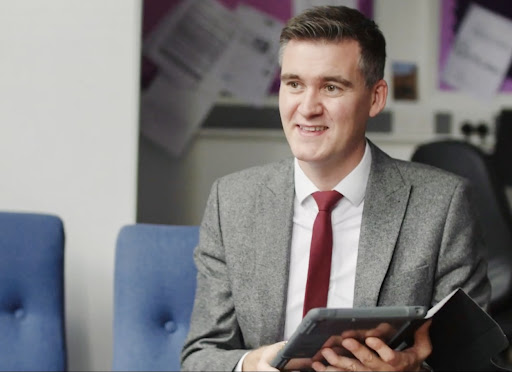
For me, teaching without technology and the use of 1:1 iPads seems almost unimaginable. Embedded in our approach here at NGHS, we use Apple products to enhance learning in ways that were once a pipe dream. It allows for more immediate and personalised feedback.
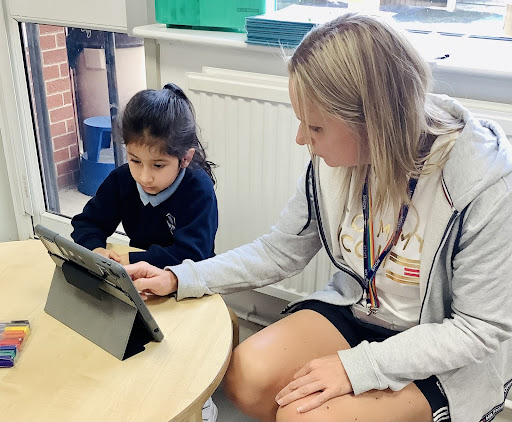
There is a misconception that students would be irresponsible and entirely distracted by having devices to hand in the classroom. Not so. iPads do not make students passive, lazy Googlers who have no capacity to retain information and lack the verve for inquiry. The opposite is true: learners here, from Juniors to Seniors, are active in their learning and more independent and receptive than ever. The capacity for learning in a safe space is supported rather than held back, improving student outcomes.
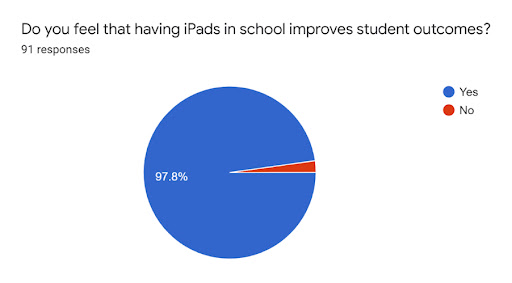
Ultimately, those in the Senior School are now required to respond to the demands of synoptic (and holistic) examinations with more surety and perceptiveness than ever. Students are expected to select salient details from a breadth of study. Independent study and wider reading are standard practice for students to achieve the best. As educators, of whichever key stage, it’s our job to ensure students develop a life-long love of learning and develop confidence in the next steps to their academic and ultimate careers. Technology supports in-depth learning and encourages students to explore, empowering them to do their best, and giving them key skills to aid workflow. iPad usage allows us to be more connected with the Girls’ Day School Trust network, with access to lectures and even timetabled lessons.
In terms of our approaches, we are committed to strategies that support our learners, enabling them to ‘think outside the box’.
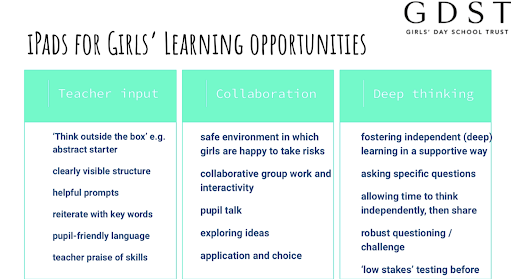
Utilising technology allows for collaboration and pupil talk, sharing ideas and encouraging debate, whether it is collaborating on a Google Doc or working in an iMovie together, demonstrating learning through varying forms and with choice. Apple Classroom, an app that even allows teachers to ‘view’ screens of pupils means we can offer feedback more immediately and tactfully to inform our approaches. Using Apple TV we can view student’s work and they can AirDrop content with ease. This allows them to be even more flexible and independent.
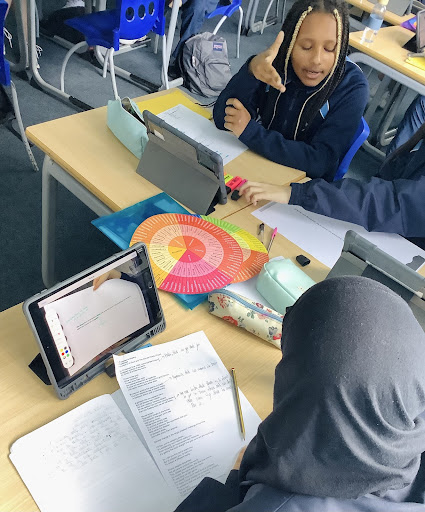
As lifelong learners, our teachers are committed to using technology to help make learning even more effective. For example, the students often comment on how useful our ‘flipped learning’ approach is; how studying materials before a lesson helps to get to the depth and complexity of topics sooner. Over time, this soon builds to further depth of knowledge. Easy access to Google Classroom can be supported at home too so parents can see how students are doing; we can adapt materials and personalise learning so it helps with all learners for stretch and challenge but also for pupils with SEND; the use of captions and audio texts, for example, supports all learners, especially with ceasing materials and approaching at a pace that suits. And it’s not all typing, either. It’s appropriate to have some screen-free time, even at A-level, where it’s beneficial to put pen to paper then photograph and share this independent and collaborative work.
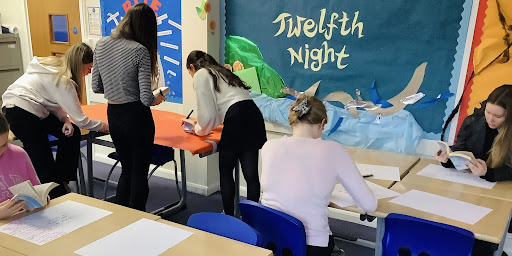
Our strategic teaching and learning approach, in sync with digital and SEND strategies, means that we regularly share best practice for excellent continuity of education. There is a mixture of traditional and digital approaches for linear (exam) assessment. Linking to the SAMR Model, lessons have moved from Substitution (same teaching, just digitised) to Augmentation (‘live’ feedback, verbal feedback, automated quizzes, Google Forms) to Modification (task redesign e.g. small group opportunities, longer-term weekly topics) and aiming for Redefinition (where tech allows for the recreation of new tasks — connecting with experts or peers utilising the GDST network to have a real impact).
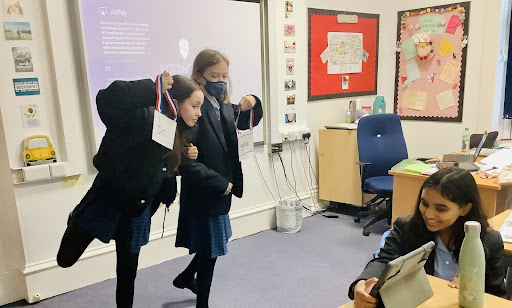
Delivering the best quality provision to our students is our main teaching and learning aim. Enhanced by technology, we empower all students and staff to achieve their full potential, adapting approaches to provide a broad, balanced and accessible curriculum: this ensures progression for all students. We create an ethos and structure in which best practice is regularly shared and evaluated, developing a learning culture for all, teachers and students alike.
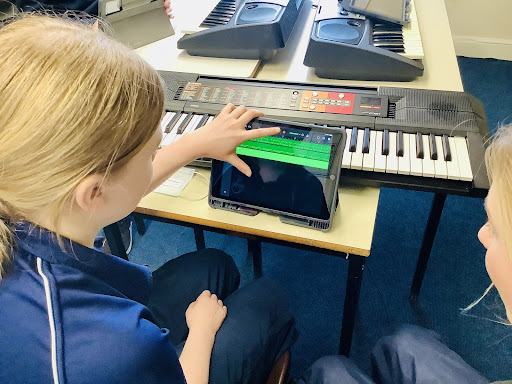
Digital innovation provides opportunities for an enhancement of our educational offer, particularly the integration of teaching and learning and digital innovation along with a smooth workflow. Our responsibility is always to keep teaching and learning at the forefront, as the ‘best deal’ for pupils so they are fully prepared for the next stages of their learning to provide excellent educational experiences.
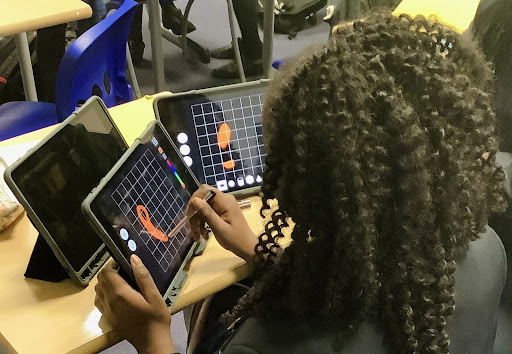
In harnessing technology in a personalised and adaptive way, we prepare students for their bright futures, in whatever careers they choose.